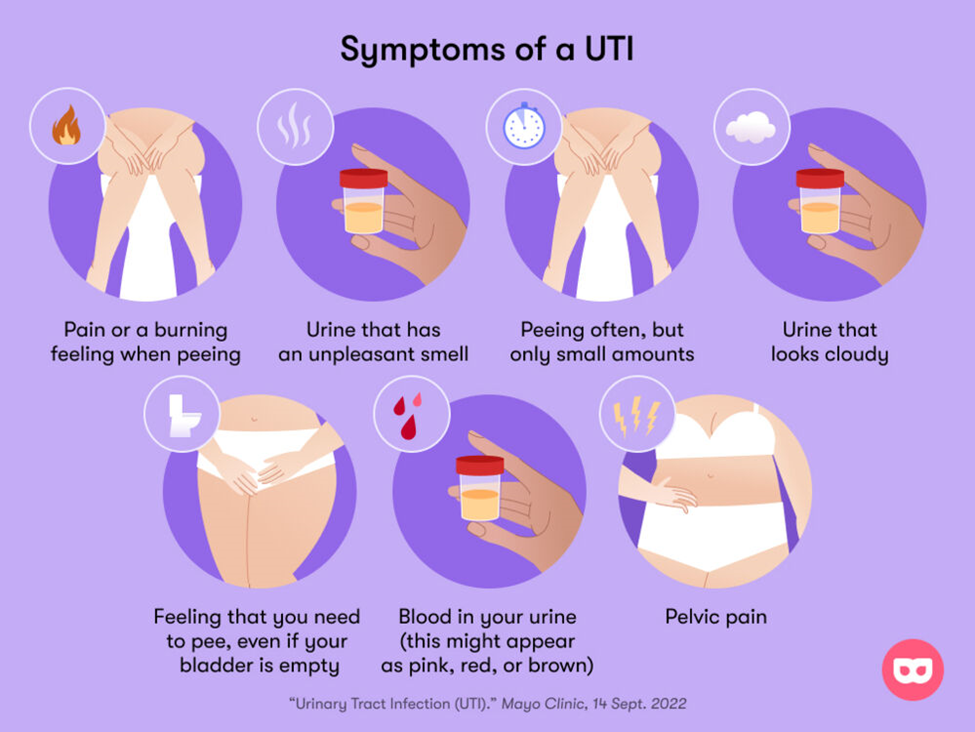A school-age child in an emergency department has a 2-day history of nausea and vomiting and reports severe right lower quadrant pain. A nurse is preparing the child for an appendectomy. Which of the following statements by the child should the nurse find most concerning?
"My belly doesn't hurt anymore."
"I am hungry and thirsty."
"I'm tired and want to take a nap."
"I am scared and I want to go home."
The Correct Answer is A
A. "My belly doesn't hurt anymore."
- This statement is concerning because sudden relief from severe right lower quadrant pain in a child with a history of nausea, vomiting, and suspected appendicitis may indicate a rupture or perforation of the appendix. When the appendix ruptures, there may be a temporary alleviation of pain due to the release of pressure. However, this situation is critical and requires immediate medical attention to prevent further complications such as peritonitis or sepsis.
B. "I am hungry and thirsty."
- While it's normal for a child to feel hungry and thirsty, especially if they have been experiencing nausea and vomiting, this statement is not necessarily concerning on its own. However, in the context of suspected appendicitis and severe right lower quadrant pain, it's important for the child to remain NPO (nothing by mouth) to prevent complications in case surgery is needed.
C. "I'm tired and want to take a nap."
- Feeling tired and wanting to rest is not uncommon, especially if the child has been experiencing discomfort or pain for a prolonged period. While this statement may indicate fatigue, it's not inherently concerning in the context of suspected appendicitis. However, it's important for the nurse to monitor the child's energy level and overall condition.
D. "I am scared and I want to go home."
- It's understandable for a child to feel scared or anxious, particularly when facing a medical procedure such as surgery. While this statement reflects the child's emotions, it doesn't necessarily indicate a change in their medical condition. However, it's important for the nurse to address the child's fears and provide emotional support while ensuring that the child receives appropriate medical care.
Nursing Test Bank
Naxlex Comprehensive Predictor Exams
Related Questions
Correct Answer is ["A","B","E"]
Explanation
A. Hematuria:
Hematuria, or blood in the urine, is a common finding in urinary tract infections (UTIs). It occurs due to irritation and inflammation of the urinary tract lining, causing small blood vessels to leak blood into the urine.
B. Urinary frequency:
Urinary frequency, or the need to urinate more often than usual, is a classic symptom of a UTI. It occurs because the infection irritates the bladder lining, leading to a frequent urge to urinate even when the bladder is not full.
C. Polyuria:
Polyuria, or excessive urination, is not typically associated with uncomplicated urinary tract infections. Instead, UTIs usually cause urinary frequency without necessarily increasing the total volume of urine produced (polyuria).
D. Dependent edema:
Dependent edema, or swelling in the lower extremities due to fluid accumulation, is not a typical finding in urinary tract infections. UTIs primarily affect the urinary system and do not typically cause systemic fluid retention.
E. Dysuria:
Dysuria, or painful urination, is another hallmark symptom of urinary tract infections. It occurs due to inflammation and irritation of the urinary tract lining, making urination uncomfortable or even painful.

Correct Answer is B
Explanation
A. Ridged abdomen - This finding is not typically associated with Hirschsprung disease. Instead, the abdomen may appear distended or bloated due to the accumulation of stool in the colon.
B. Ribbonlike, foul-smelling stools - This is a characteristic finding in Hirschsprung disease. Because the affected portion of the colon lacks nerve cells (ganglion cells) responsible for peristalsis, stool movement is impaired, leading to the passage of narrow, ribbonlike stools. These stools may also have a foul odor due to bacterial overgrowth in the affected area.
C. Projectile vomiting - Projectile vomiting is not a common finding in Hirschsprung disease. It is more commonly associated with conditions such as pyloric stenosis or gastroesophageal reflux.
D. Chronic hunger - Chronic hunger is not a typical finding in Hirschsprung disease. Instead, affected infants may experience feeding difficulties, constipation, and failure to thrive due to the obstruction of stool in the colon. They may also exhibit symptoms such as abdominal distention, vomiting, and refusal to feed.

Whether you are a student looking to ace your exams or a practicing nurse seeking to enhance your expertise , our nursing education contents will empower you with the confidence and competence to make a difference in the lives of patients and become a respected leader in the healthcare field.
Visit Naxlex, invest in your future and unlock endless possibilities with our unparalleled nursing education contents today
Report Wrong Answer on the Current Question
Do you disagree with the answer? If yes, what is your expected answer? Explain.
Kindly be descriptive with the issue you are facing.
